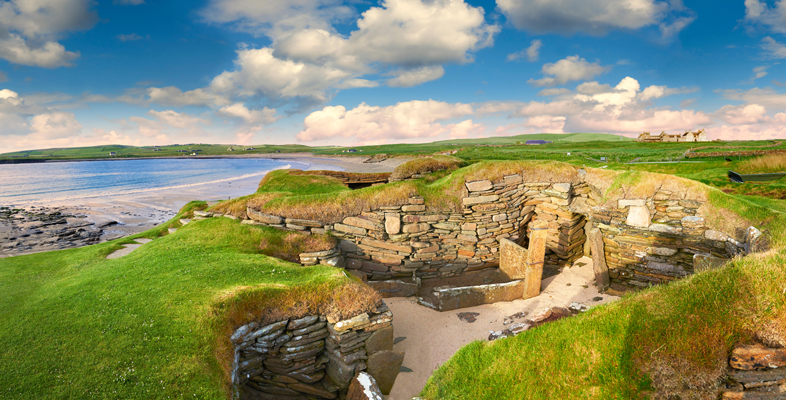1 Making a contribution to the work of the Scottish Parliament
The Scottish Parliament has an open and transparent way of conducting its business and you learnt about its lawmaking process in Week 1. In this week you will build on that knowledge and consider how individuals are actively encouraged to take part in that process.
The design and location of the new Parliament building reflect the Parliament’s Scottish heritage and the debating chamber, which is central to the overall design, reflects the Parliament’s commitment to openness.
The use of social media and television have put the Parliament within reach of all the population. The Scottish Parliament TV channel contains clips and a video archive, hosts live proceedings and is searchable. Committee proceedings can be found there as well. Through the Parliamentary website you can sign up for regular updates or follow the updates section on the website at http://www.parliament.scot/ [Tip: hold Ctrl and click a link to open it in a new tab. (Hide tip)]


The modern Scottish Parliament has come a long way from its medieval roots however those roots can still be seen in the ceremony and work of the parliament. Both its history and current day practices are interwoven with those of the Monarchy. In medieval times parliament was convened only occasionally by the Monarch as a consultative form. Ideas of constitution and rule by law were however beginning to emerge, the medieval coronation oath included the words ‘ after the laws and customs of the realm’.
In the 1320 Declaration of Arbroath the Three Estates of the Realm (Lords, Bishops and Burgh merchants) asserted that monarchy was conditional upon the Monarch performing their duties, ideas built upon during the reign of James VI, through the dissolution of the Scottish Parliament by Oliver Cromwell and its re-establishment under Charles II. The Act of Union saw the sceptre from the Scottish Honours being used to signify assent and the dissolution of the Scottish Parliament. In 1999 a new parliament emerged.
The monarch still plays a role, albeit a ceremonial one. The monarch is present at the opening of parliament and the Scottish crown is brought from Edinburgh castle. This modern day practice links to the medieval belief that without the presence of the Monarch, parliament cannot legitimately meet. The mace presented by Queen Elizabeth II at the opening of the Scottish Parliament on 1 July 1999 is engraved with the words ‘wisdom’, ‘justice’ ‘compassion’ and ‘integrity’. These words are designed to represent the aspirations of MSPs.
